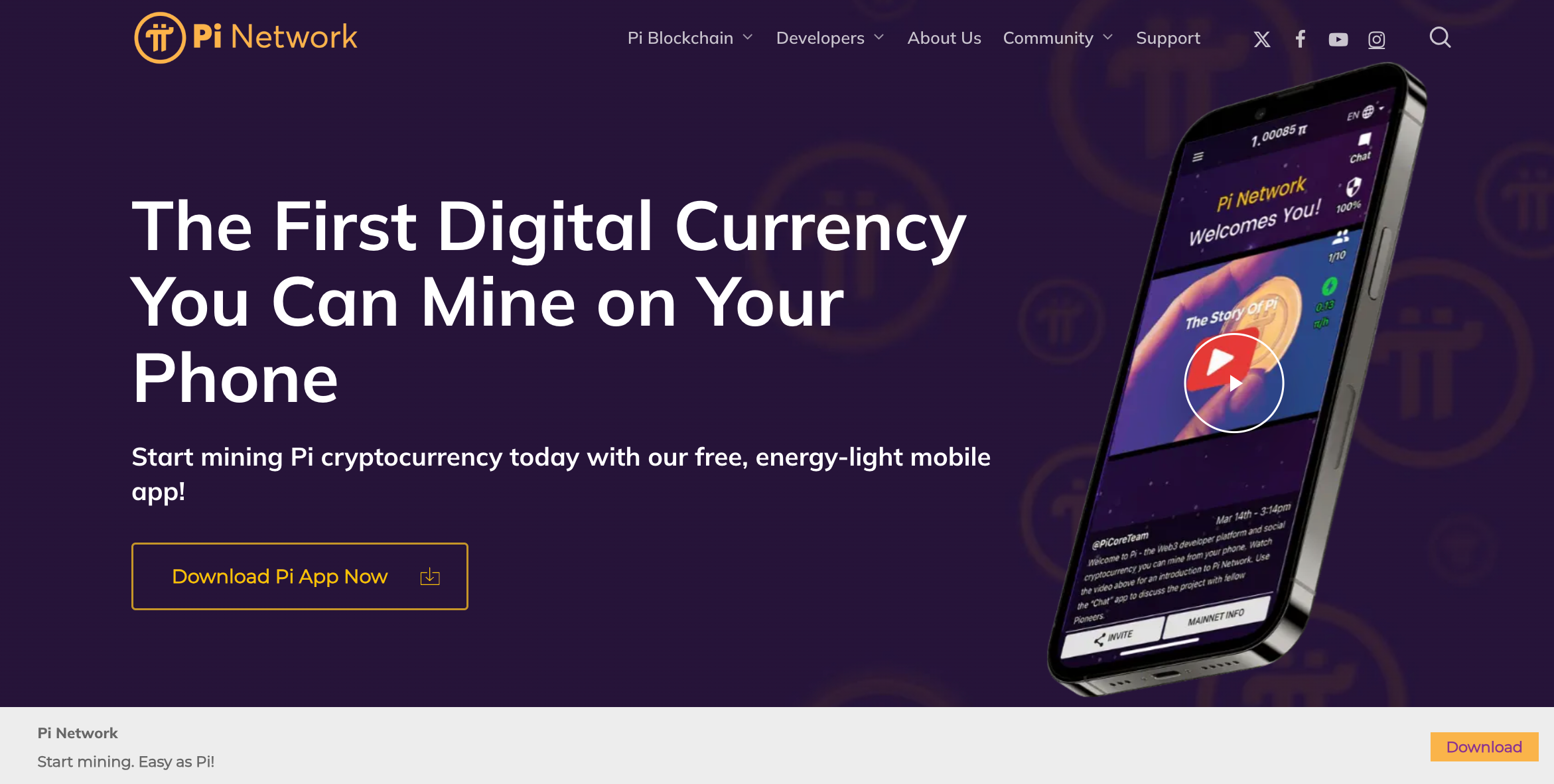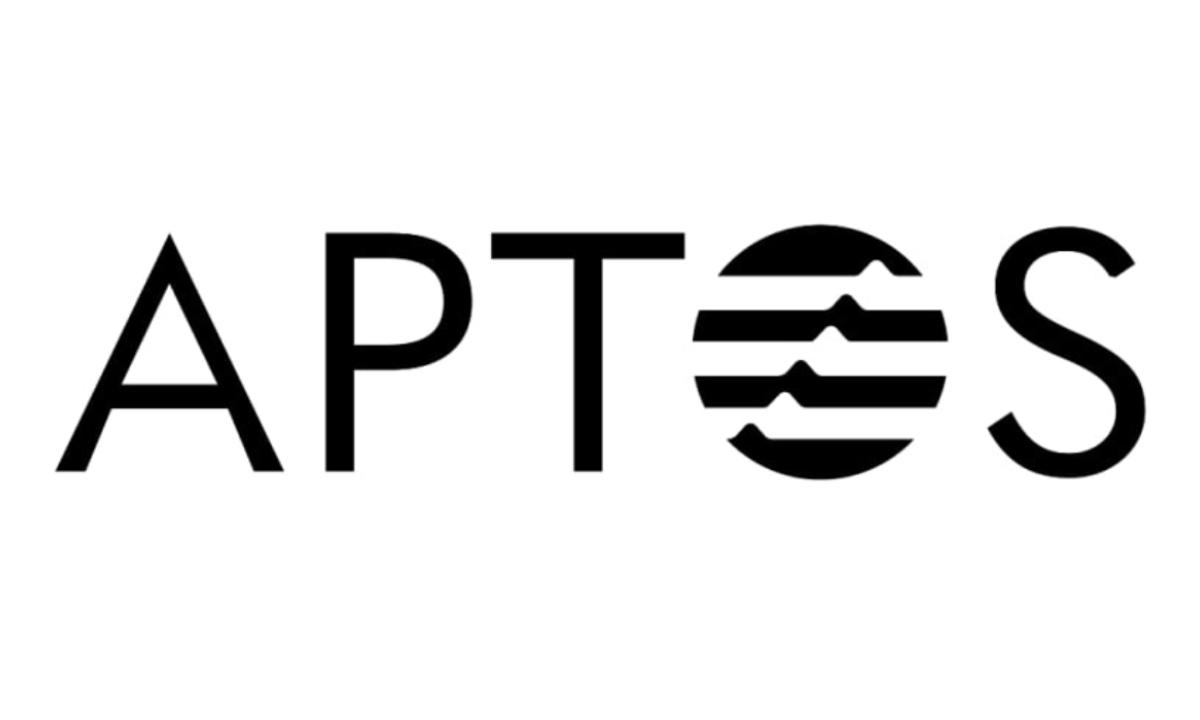Exploring the NFT world can be tricky, with many projects lacking authenticity. At NFT Droppers, we offer reliable ratings by examining over 70 detailed factors. We dive into NFT features, structure, roadmaps, technical details, and token utility. We also look at media presence, website traffic, and community engagement. Our team checks the whitepaper, investment timeline, market potential, and existing user base to gauge the project's vision. We thoroughly verify team members to ensure authenticity and provide all essential information for investors. Our ratings are frequently updated, and we continuously improve our methods. Trust NFT Droppers for insightful and current NFT evaluations..
Crypto Collectibles: A Revolution in Digital Ownership and NFTs

In recent years, blockchain technology has witnessed an unprecedented surge in innovation, offering solutions to age-old challenges in various industries. One of the most intriguing and transformative developments to emerge from this technological revolution is the advent of Crypto Collectibles and Non-Fungible Tokens (NFTs). These digital assets have taken ownership to new heights, revolutionizing how we perceive, buy, sell, and trade digital goods. This article delves into Crypto Collectibles and NFTs, exploring their significance, potential, and impact on the rapidly evolving digital landscape.
Understanding Crypto Collectibles
Crypto Collectibles, often called digital collectibles, are unique virtual assets built on blockchain technology. Unlike cryptocurrencies such as Bitcoin and Ethereum, which are fungible and interchangeable, Crypto Collectibles are non-fungible, meaning each has distinct characteristics that set it apart from others in the same collection. These unique attributes make them scarce, valuable, and truly one-of-a-kind, mirroring the concept of physical collectibles like rare coins, stamps, or baseball cards.
The underlying technology that powers Crypto Collectibles is Non-Fungible Tokens or NFTs. NFTs are cryptographic tokens representing ownership of a specific item, whether digital art, music, videos, virtual real estate, or in-game items. Each NFT is verifiably authentic and cannot be replicated, ensuring the authenticity and provenance of the digital asset it represents.
The Rise of NFTs
The emergence of NFTs has opened up a new world of possibilities for creators and collectors alike. For artists, musicians, and content creators, NFTs present an opportunity to tokenize their work and gain direct control over its distribution and monetization. This paradigm shift in the art world has given rise to a phenomenon known as “tokenized art,” where digital artists can showcase their unique creations on blockchain platforms, ensuring traceability and authenticity for potential buyers.
Furthermore, NFTs have empowered content creators by introducing innovative revenue streams. Through smart contracts embedded in NFTs, creators can receive royalty payments whenever their collectibles are resold in secondary markets. This fosters a symbiotic relationship between artists and collectors, encouraging both parties to support and promote each other’s work.
The Gamification of Digital Ownership
Beyond art and content, NFTs have significantly impacted the gaming industry, propelling the concept of actual ownership within virtual worlds. Traditional video games often allow players to purchase in-game items, but these items remain the property of the game developer, limiting players’ rights and control over their digital belongings.
With the advent of Crypto Collectibles and NFTs, gamers can now own their in-game items. These items are represented as NFTs on the blockchain, meaning players can buy, sell, or trade them outside the game’s ecosystem. This newfound ownership has created a flourishing marketplace for virtual assets, enabling players to derive real-world value from their virtual achievements.
Breaking Barriers to Digital Asset Ownership
One of the most significant advantages of Crypto Collectibles and NFTs is their ability to transcend geographical and financial barriers. Historically, investment in collectibles like fine art or vintage cars has been limited to the affluent due to high entry costs and the need for secure storage. However, with Crypto Collectibles, anyone with an internet connection and a digital wallet can participate in the ownership and trading of valuable assets.
Additionally, NFTs have democratized access to art and culture. Digital artists from all walks of life can now gain global recognition and receive fair compensation for their work without relying on traditional art galleries or intermediaries. This cultural shift has transformed the dynamics of the art world, promoting diversity, inclusivity, and creativity on an unprecedented scale.
Challenges and Considerations
While the advent of Crypto Collectibles and NFTs has met with widespread enthusiasm, some challenges and considerations warrant attention. One concern is the environmental impact of blockchain technology. Proof-Work (PoW) consensus mechanisms consume significant energy, leading to carbon emissions. However, the industry is actively exploring more energy-efficient alternatives, such as Proof-Stake (PoS).
Moreover, the market for Crypto Collectibles can be highly speculative, with prices of certain NFTs experiencing extreme volatility. As with any nascent industry, there is a risk of market bubbles and potential losses for investors who must fully grasp the underlying value and dynamics of the assets they buy.
The Future of Crypto Collectibles
Despite the challenges, the future of Crypto Collectibles and NFTs looks promising. As blockchain technology continues to evolve and become more scalable, the cost and efficiency of minting and trading NFTs are expected to improve significantly. This will further lower barriers to entry and enable a more diverse range of artists, creators, and collectors to participate in the digital ownership revolution.
Additionally, the integration of NFTs into virtual reality (VR) and augmented reality (AR) experiences is poised to redefine the concept of digital ownership. Imagine exploring virtual worlds where you can showcase your rarest NFTs in a virtual gallery or wear them as digital fashion items within the metaverse. This seamless integration between virtual and physical spaces will unlock new self-expression and social interaction avenues.
As the popularity of Crypto Collectibles and NFTs continues to soar, the blockchain community has been actively working on improving and standardizing the underlying protocols. One of the most widely adopted standards for NFTs is the ERC-721 standard, introduced on the Ethereum blockchain. The ERC-721 standard provided the foundation for the seamless creation and exchange of unique tokens, enabling interoperability across various decentralized applications (dApps) and marketplaces.
However, the ERC-721 standard has not been without its limitations. One of the most significant challenges was scalability, as the Ethereum network faced congestion during high activity, leading to increased transaction fees and slower confirmation times. In response to these concerns, the industry saw the emergence of the ERC-1155 standard.
The ERC-1155 standard also developed on Ethereum, introduced a multi-token contract that allows for the creation of fungible and non-fungible tokens within the same smart contract. This innovation reduced the load on the Ethereum network and improved the overall efficiency of NFT transactions. With the implementation of ERC-1155, blockchain networks are becoming better equipped to handle the growing demand for Crypto Collectibles and NFTs.
NFTs Beyond Art and Gaming
While art and gaming have been the primary focus of the NFT revolution, the potential applications of NFTs are not limited to these domains. Various industries are exploring ways to leverage NFTs to enhance their operations and offer unique value propositions to their users.
In the real estate sector, NFTs are being explored to tokenize property assets. By representing ownership of physical properties through NFTs, buying, selling, and fractionalizing real estate becomes more accessible, transparent, and efficient. This opens up opportunities for small-scale investors to participate in the real estate market without the traditional barriers to entry.
Additionally, NFTs can potentially revolutionize the world of intellectual property and copyright management. Creators can tokenize their intellectual property rights through NFTs, ensuring proper attribution and royalties for their work, even in the digital realm. This could lead to more streamlined licensing processes and fairer revenue distribution for artists and content creators.
NFTs and Virtual Economies
The concept of virtual economies has gained considerable momentum with the rise of Crypto Collectibles and NFTs. In virtual worlds and gaming environments, NFTs are vital assets players can own, trade, and monetize on platforms like Ethereum Code. Fueled by NFTs, virtual economies have become self-sustaining ecosystems where players can earn real income through virtual endeavors.
For instance, users can own and build upon virtual land using NFTs in blockchain-based virtual reality platforms. These virtual properties can be rented or sold to other users, creating a thriving virtual real estate market. Similarly, gamers can earn NFT-based in-game items and currency, which can be traded for cryptocurrencies or fiat money in secondary markets.
This blurring of lines between virtual and physical economies marks a paradigm shift in how we perceive value and ownership, effectively bridging the gap between the digital and real worlds.
Mainstream Adoption and Challenges
Despite the rapid growth and innovation surrounding Crypto Collectibles and NFTs, mainstream adoption remains a crucial milestone for the industry. As with any nascent technology, widespread acceptance and understanding are essential for sustained growth and development.
One of the challenges hindering mainstream adoption is the complexity of blockchain technology and the onboarding process. Digital wallets, private keys, and gas fees can be intimidating for many potential users. However, various projects and platforms are working on user-friendly solutions to make NFTs more accessible to a broader audience.
Moreover, ensuring the security and integrity of NFT ownership is paramount. Cases of hacking, phishing, and fraudulent activity have been reported in the NFT space, raising concerns about the need for robust security measures and user education.
Regulatory clarity is another aspect that requires attention as governments and regulatory bodies worldwide grapple with the implications of NFTs and blockchain technology. Clarity on tax implications, intellectual property rights, and investor protection will play a crucial role in shaping the future of the NFT ecosystem.
The Road Ahead
The significance of digital ownership and NFTs will only grow as the world becomes increasingly digitized. The ability to tokenize and authenticate tangible and intangible assets offers endless possibilities for creators, collectors, and businesses.
In the coming years, we expect to see further advancements in blockchain technology, making NFTs more scalable, eco-friendly, and seamless. Interoperability between blockchain networks will also foster a unified NFT ecosystem.
As the NFT space evolves, it will likely attract more collaborations between traditional industries and blockchain innovators. We may witness a fusion of art, music, gaming, and real-world assets, blurring the lines between various forms of value.
Conclusion
Crypto Collectibles and NFTs have introduced a revolutionary concept of digital ownership, enabling creators and collectors to participate in a borderless, decentralized economy. The impact of NFTs extends beyond art and gaming, with potential applications in real estate, intellectual property, and virtual economies. Despite challenges, the NFT space is rapidly evolving, paving the way for mainstream adoption and ushering in a new era of digital asset ownership.
As we continue to explore the vast potential of NFTs, it is essential to strike a balance between innovation and responsible adoption, ensuring that the NFT revolution benefits creators, collectors, and users across all walks of life in the ever-expanding digital landscape.

Disclaimer: The information presented here may express the authors personal views and is based on prevailing market conditions. Please perform your own due diligence before investing in cryptocurrencies. Neither the author nor the publication holds responsibility for any financial losses sustained.
BEST CRYPTO PRE SALE
 Quant Earth $QET
Quant Earth $QET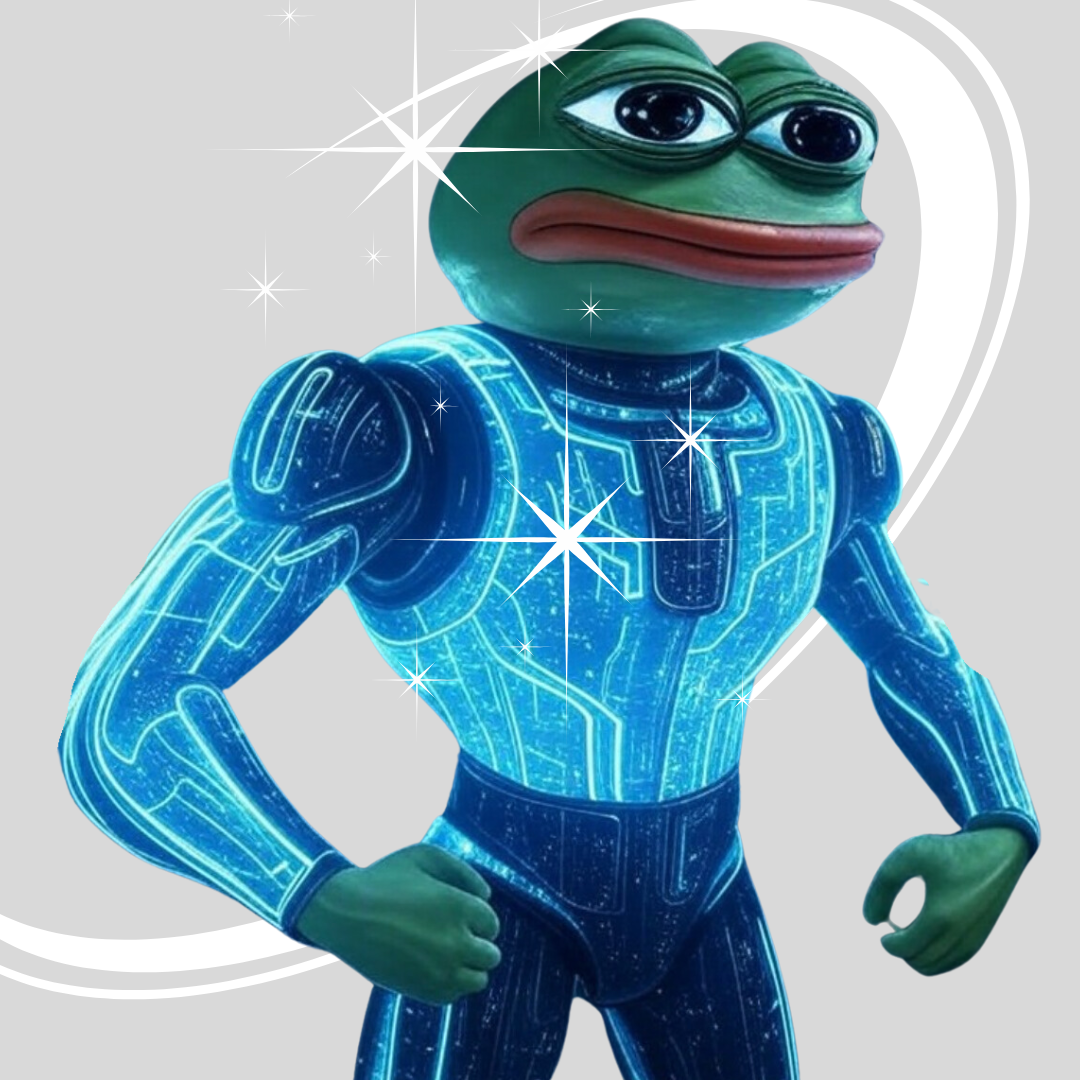 AI AGENT PEPE
AI AGENT PEPE DOGE BASED TOKEN $BDOGE
DOGE BASED TOKEN $BDOGE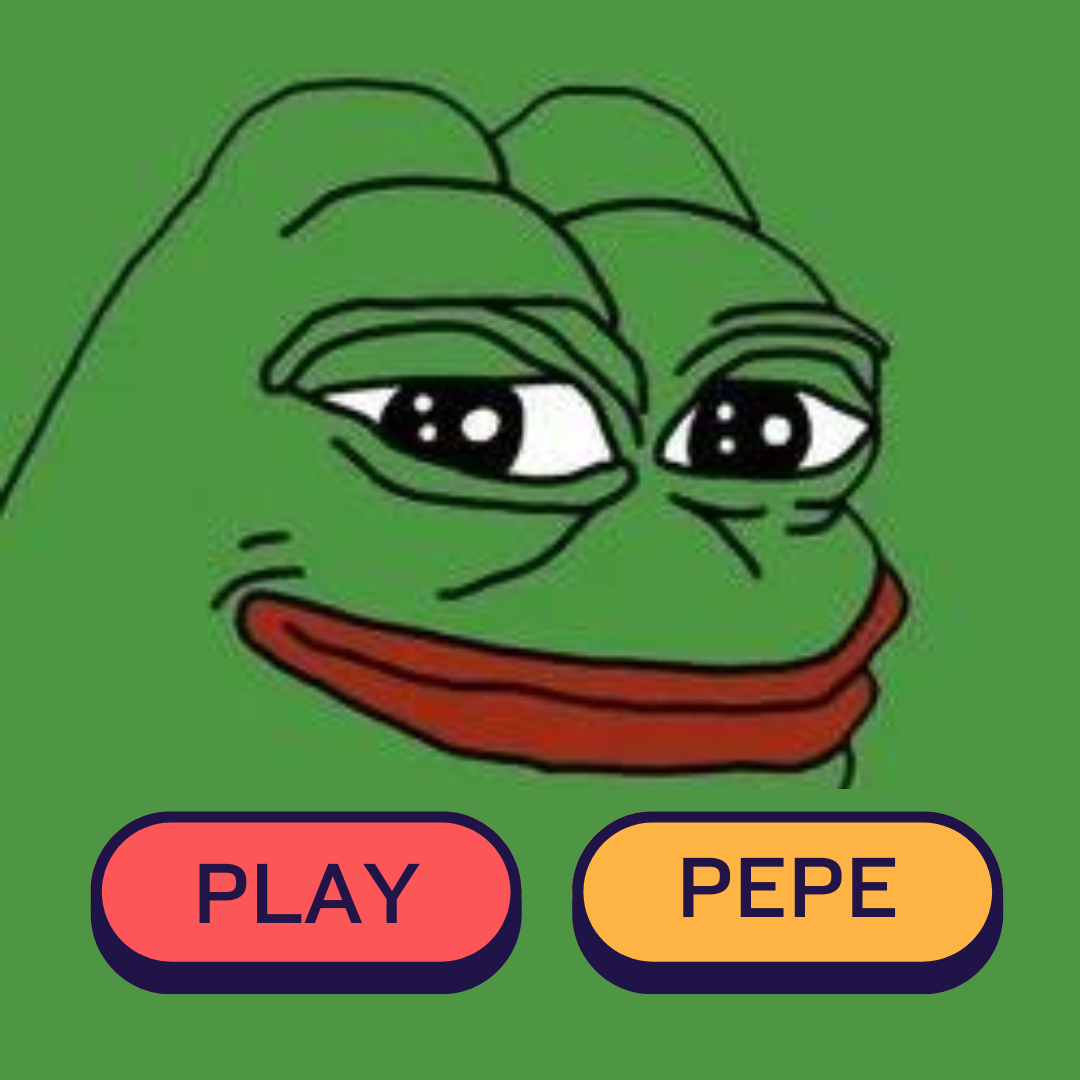 PlayPEPE ($PEPP)
PlayPEPE ($PEPP)BEST CRYPTO NEWS WEBSITE
 CoinLaunchSpace.com
CoinLaunchSpace.comTOP EXCHANGES
BEST CRYPTO CASINO
BEST HARDWARE WALLET
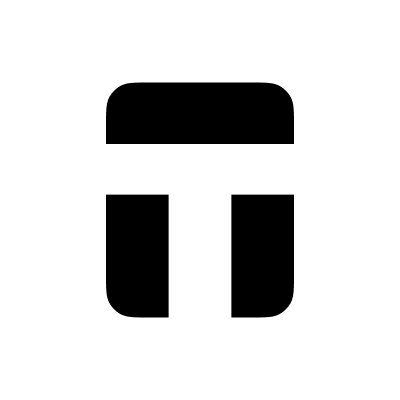 Tangem
TangemTable of Contents

 Stake.com
Stake.com Coins.Game Casino
Coins.Game Casino
